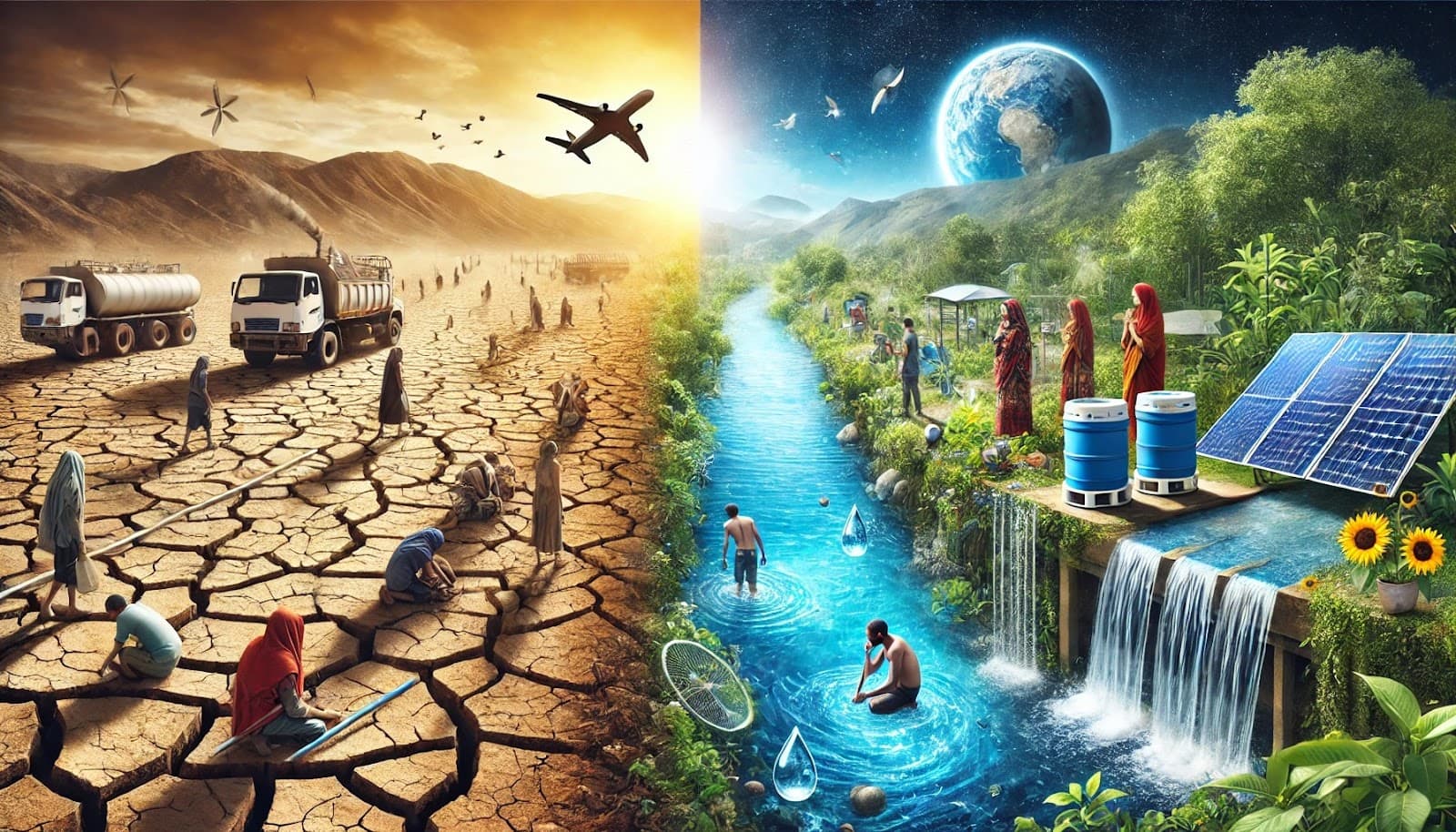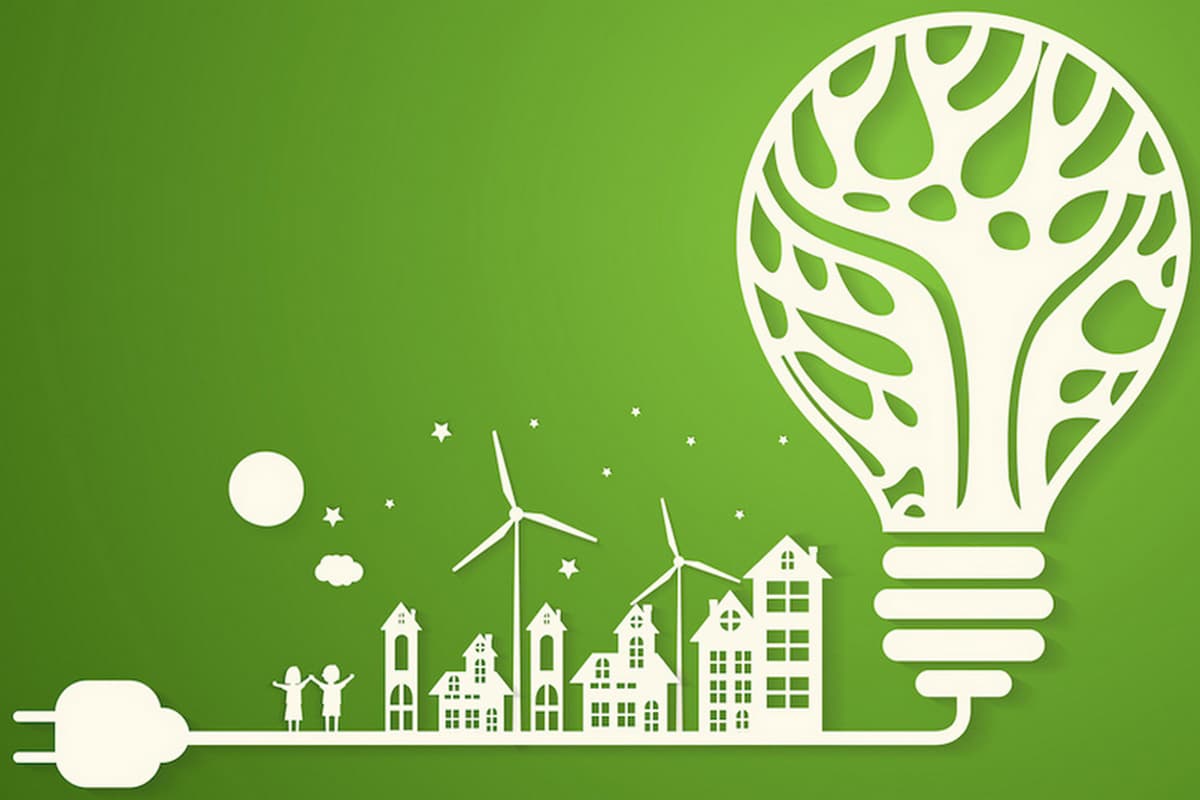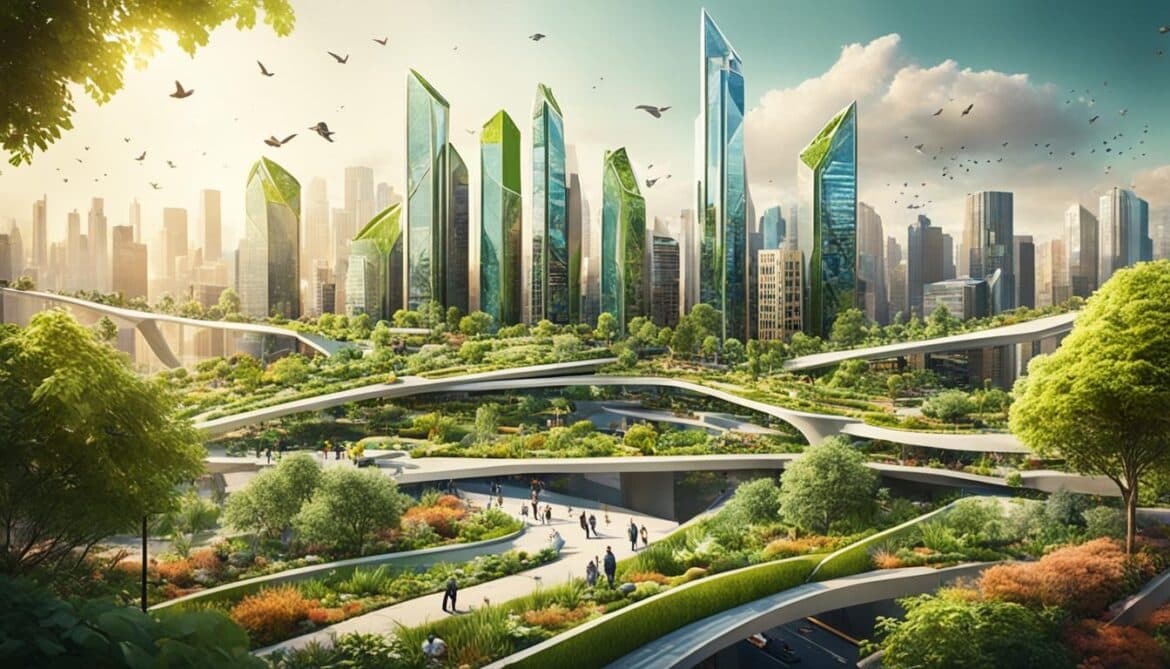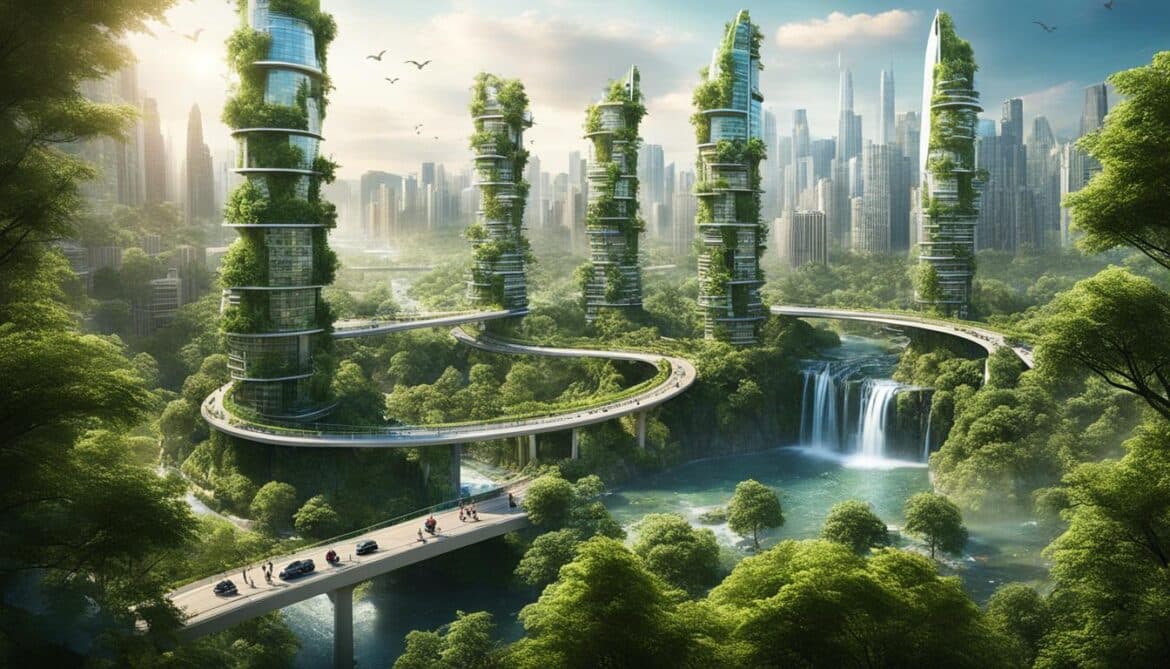How Trading Platforms Can Help Finance the Clean Energy Transition
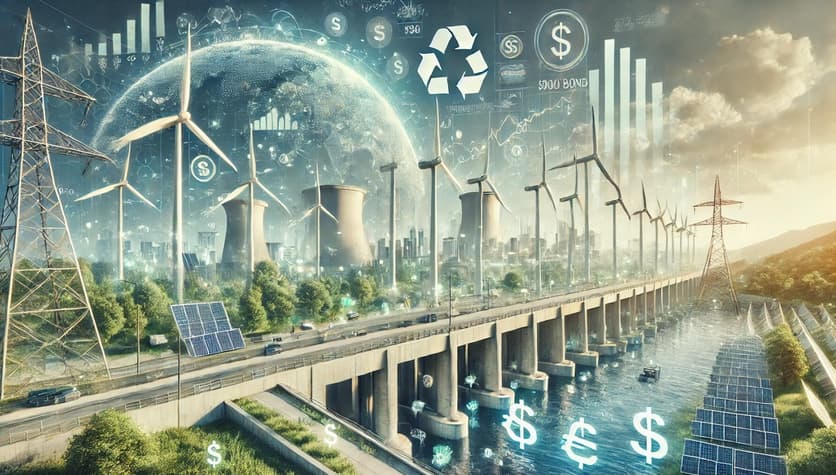
Trading platforms play a crucial role in financing the clean energy transition by providing a digital infrastructure that connects investors with sustainable energy projects. Through various financial products such as green bonds, carbon credits, and exchange-traded funds (ETFs), these platforms make it easier for both institutional and individual investors to direct capital toward renewable energy initiatives. By integrating clean energy into their offerings, platforms can help channel much-needed funding to the development of renewable energy technologies, energy-efficient projects, and emissions reduction efforts. Platforms such as Exness MT4, for example, allow investors to trade various green energy instruments, promoting the flow of capital into industries focused on sustainability and innovation.
Furthermore, trading platforms simplify access to global markets for clean energy investments, providing transparency and liquidity. This ease of access enables investors to diversify their portfolios with green assets while supporting the transition to a low-carbon economy. Trading platforms also play a pivotal role in facilitating carbon trading and emission reduction schemes, which incentivize businesses to adopt cleaner practices. As the demand for clean energy continues to grow, platforms like MT4 help investors navigate this rapidly evolving market, thus ensuring that finance remains a key driver in accelerating the clean energy transition.
Overview of the Clean Energy
Clean energy refers to power derived from renewable, environmentally friendly sources that have a minimal impact on the environment compared to traditional fossil fuels. Unlike conventional energy sources such as coal, oil, and natural gas, clean energy is sustainable, produces little to no greenhouse gas emissions, and helps mitigate climate change. The primary sources of clean energy include solar, wind, hydroelectric, geothermal, and biomass.
The transition to clean energy is critical in combating global warming and reducing dependence on finite fossil fuels. It involves shifting from carbon-intensive energy systems to cleaner alternatives that harness natural resources for power generation. Clean energy technologies not only reduce environmental harm but also provide economic benefits, create jobs, and contribute to energy security by diversifying energy sources. As nations and industries strive to meet ambitious climate targets, the development and adoption of clean energy technologies are central to achieving a sustainable and resilient future.
Clean energy offers a wide range of benefits that not only contribute to environmental sustainability but also provide economic, social, and health advantages. Here are some key benefits:
Environmental Protection
One of the most significant benefits of clean energy is its minimal environmental impact. Unlike fossil fuels, which release harmful greenhouse gases such as carbon dioxide (CO2) and contribute to global warming, clean energy sources like wind, solar, and hydroelectric power produce little to no emissions. By reducing dependence on fossil fuels, clean energy helps combat climate change, preserve natural ecosystems, and reduce pollution.
Renewable and Sustainable
Clean energy sources are inherently renewable, meaning they are naturally replenished and do not deplete over time. Solar, wind, hydro, and geothermal energy are all sustainable sources that can be harnessed for the long term, unlike finite fossil fuels that will eventually run out. This ensures a reliable and continuous supply of energy, reducing the risks associated with resource scarcity.
Economic Growth and Job Creation
The clean energy sector has become a significant driver of economic growth and job creation. From the installation of solar panels to the development of wind farms, clean energy projects create a wide range of employment opportunities. These jobs span various industries, including manufacturing, construction, research and development, and operations. As demand for clean energy technologies continues to rise, the sector is expected to provide even more job opportunities, contributing to economic development.
Energy Security
Clean energy enhances energy security by diversifying energy sources and reducing dependence on imported fossil fuels. Countries that harness domestic renewable energy resources can become less reliant on volatile global energy markets, which helps stabilize prices and ensures a more secure energy supply. This also reduces geopolitical tensions related to energy trade and supply disruptions.
Health Benefits
Clean energy contributes to improved public health by reducing air and water pollution, which are often associated with the burning of fossil fuels. Air pollution from coal plants, for instance, can lead to respiratory diseases, heart conditions, and premature death. By transitioning to clean energy, we can decrease the harmful effects of pollution and improve overall public health, reducing healthcare costs and improving quality of life.
Cost-Effectiveness in the Long Run
Although the initial investment in clean energy technologies can be high, the long-term costs are often lower. Clean energy sources, especially solar and wind, have relatively low operational and maintenance costs after installation. Over time, renewable energy systems can reduce energy bills for businesses and households, providing cost savings that outweigh the initial investment. Moreover, as the technology continues to improve and scale, the cost of clean energy continues to decrease, making it increasingly affordable.
Climate Change Mitigation
Clean energy is vital for mitigating the effects of climate change. By shifting to energy sources that do not emit harmful greenhouse gases, we can reduce the impact of human activities on the planet’s climate systems. This transition is critical to meeting international climate goals, such as those set by the Paris Agreement, and avoiding the worst impacts of global warming, such as rising sea levels, extreme weather events, and biodiversity loss.

The Role of Trading Platforms in Clean Energy Financing
Trading platforms play an essential role in financing the clean energy transition by providing a marketplace where investors can access a wide range of financial instruments designed to support the development of renewable energy and sustainable projects. These platforms facilitate the flow of capital into the clean energy sector by offering investments such as green bonds, carbon credits, and exchange-traded funds (ETFs) focused on renewable energy companies. By connecting investors with clean energy initiatives, trading platforms ensure that funding reaches projects that are critical in achieving climate goals and reducing the global carbon footprint.
In addition to offering investment opportunities, trading platforms also help drive market liquidity and transparency in clean energy markets. Through digital trading interfaces, platforms enable both individual and institutional investors to participate in the transition to a low-carbon economy. Platforms can integrate features like carbon trading and renewable energy certificates, which create financial incentives for businesses to adopt cleaner technologies. By lowering the barriers to entry for investing in clean energy and providing access to diverse financial products, trading platforms help accelerate the growth of the renewable energy sector and contribute to the overall goal of sustainable economic development.
Types of Financial Products for Clean Energy on Trading Platforms
Trading platforms offer several financial products designed to finance and promote the clean energy transition. These products allow investors to direct their capital toward sustainable energy projects and companies. Key financial products for clean energy include:
- Green Bonds
Green bonds are debt instruments issued by governments, corporations, or financial institutions to raise funds for projects with positive environmental impacts. On trading platforms, investors can buy and sell these bonds to finance renewable energy projects, such as solar farms or wind power installations. Green bonds typically come with lower risks compared to other types of investments and are attractive to investors seeking both financial returns and environmental impact.
- Carbon Credits and Emission Trading Systems (ETS)
Carbon credits are tradable certificates that represent the right to emit a specific amount of carbon dioxide or other greenhouse gases. Emission Trading Systems (ETS) are market-based approaches where companies and organizations buy and sell carbon credits to meet emissions reduction targets. Trading platforms enable investors and businesses to engage in carbon credit markets, promoting the reduction of carbon emissions and supporting clean energy development.
- Renewable Energy Investment Funds
Renewable energy investment funds pool capital from investors to finance large-scale renewable energy projects, such as solar, wind, and geothermal power plants. These funds are typically listed on trading platforms, allowing investors to gain exposure to a diverse portfolio of clean energy projects. By investing in these funds, investors can participate in the growth of the clean energy sector without directly investing in individual companies.
- Clean Energy Stocks and Exchange-Traded Funds (ETFs)
Many trading platforms provide access to clean energy stocks, which represent shares in companies involved in renewable energy production, energy storage, and clean technology innovation. Additionally, clean energy-focused ETFs offer a way for investors to diversify their portfolios with exposure to multiple clean energy companies. These ETFs typically track an index of companies that are advancing clean energy solutions, allowing investors to support the broader clean energy transition.
How Trading Platforms Enable Access to Clean Energy Financing
Trading platforms play a crucial role in connecting clean energy projects with investors, making it easier to access financing through various financial instruments. These platforms provide a seamless interface for buying and selling assets related to renewable energy, such as green bonds, carbon credits, and clean energy stocks. By increasing market liquidity, reducing entry barriers, and offering real-time data, they help attract a wider range of investors. Furthermore, the integration of sustainability criteria allows users to align their investments with environmental goals, accelerating the transition to a low-carbon economy.
| Feature | Description | Impact on Clean Energy Financing |
| Green Bonds | Bonds issued to finance renewable energy and sustainability projects. | Directs large-scale funding into clean energy infrastructure. |
| Carbon Credit Trading | Allows companies to buy and sell carbon credits to offset emissions. | Encourages investment in emission reduction initiatives. |
| Renewable Energy Stocks | Publicly traded shares of companies focused on wind, solar, and other renewable energy. | Provides capital for expansion and innovation in the clean energy sector. |
| Low-Fee Trading | Platforms reduce transaction costs, making investments more accessible. | Enables smaller investors to participate in clean energy financing. |
| Real-Time Market Data | Investors receive up-to-date pricing, trends, and insights. | Enhances transparency and informed decision-making. |
| Fractional Investing | Allows users to invest in smaller amounts rather than purchasing whole assets. | Increases accessibility to clean energy investments for retail investors. |
| Sustainability Screening | Filters investment options based on environmental and social governance (ESG) criteria. | Aligns investor portfolios with sustainability goals. |
By offering diverse investment opportunities, reducing barriers, and increasing transparency, trading platforms serve as a key driver in financing clean energy projects worldwide.
Conclusion
Trading platforms play a crucial role in facilitating the financing of the clean energy transition by providing access to a diverse range of financial products that support sustainable energy initiatives. Through instruments such as green bonds, carbon credits, renewable energy funds, and clean energy stocks, these platforms enable both individual and institutional investors to direct capital toward projects that promote environmental sustainability. By offering liquidity, transparency, and accessibility, trading platforms lower the barriers for investing in clean energy, making it easier for a broader range of participants to contribute to the transition to a low-carbon economy. As demand for clean energy continues to rise, the role of trading platforms in connecting capital with renewable energy projects will only become more important, ensuring that the global shift toward sustainable energy is both efficient and effective.


